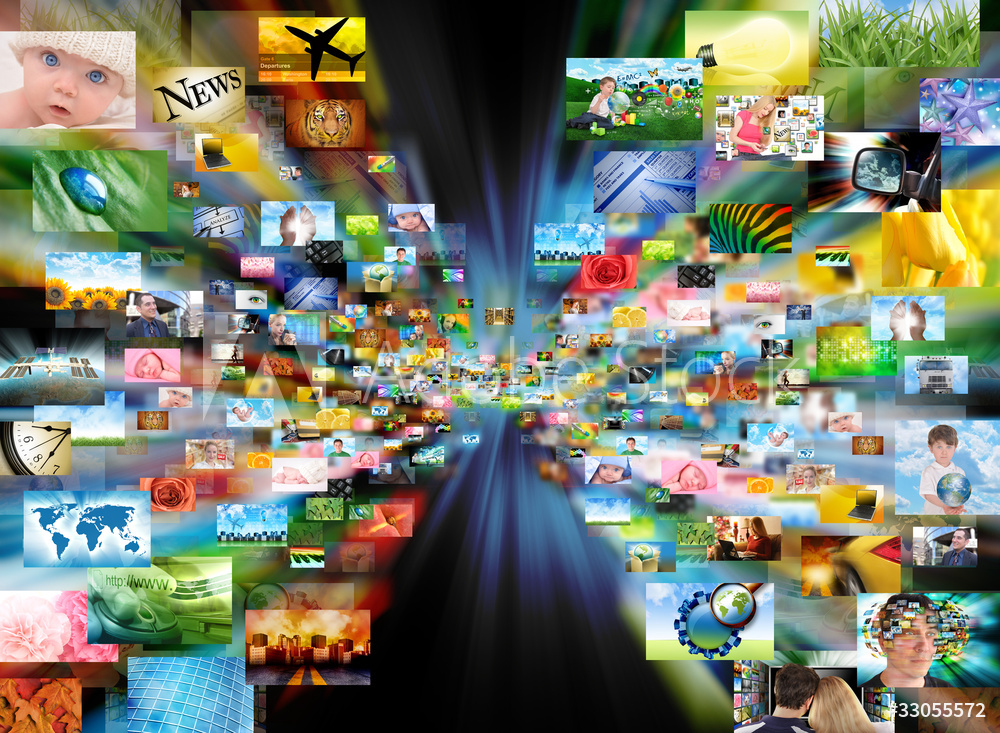Until a few years ago the phrase ‘cord-cutting’ is one that would have been unlikely to be heard outside of a delivery room. Now though, it is familiar to anyone involved in the pay TV industry.
For them, cord cutting is the practice of customers cancelling pay TV packages in favour of watching entertainment from an internet source, and it is a phenomenon that has slowly been gathering pace in recent years.
In America, there is a general consensus that the number of pay TV subscribers, that is those households paying for the dozens of extra channels provided by companies such as Viacom, Time Warner and Comcast, peaked some years ago, and has been in a decline ever since.
Exact figures are hard to come by, partly due to the difficulty in measurements and different forms of recording data, but one study released last year pointed to 1.1 million households cancelling pay TV deals in 2015, with similar figures expected in 2016.
>See also: VPNs to undermine BBC iPlayer service?
More people are watching more entertainment online. It’s slow, but the trend is undeniable.
The main reason for this is that online alternatives have gotten much better, and are far cheaper. Netflix, Hulu and Amazon Instant are offering good content at a much lower price, whilst at the same time increasing the quality of their original productions.
For example, Amazon pulled off something of a coup when it landed Jeremy Clarkson and his crew after the fallout of his split with the BBC. Say what you like about Clarkson’s behaviour off screen – his onscreen antics had made Top Gear one of the most popular, and profitable, shows in the BBC’s history.
If cord cutting in America has been a trickle effect, over in Britain Sky’s continued dominance had never looked in doubt, partly at least due to its stranglehold over the Premier League rights that had seen both Sky, and football in England, become world forces in the twenty four years since the Premier League was launched.
However, in October 2016, the unthinkable happened: Premier League viewing figures dropped by 19%. Had the bubble finally burst? Many were quick to dismiss this as a blip and point to a lack of ‘quality’ games shown live, a post-euro 2016 malaise, or the fact that the number of live games has now been split with BT; a situation that meant armchair fans, already peeved at the ever higher cost of their Sky subscription, now had to shell out twice.
But were people really turning off? Or were they simply finding another way to watch the games, one that bypassed the expensive Sky package with the dozens of channels that they never watched.
The Guardian’s fan feedback suggests the latter, with many now seeing the purchase of an Amazon Fire Stick with Kodi to allow streaming of the games as a better option.
And there’s the rub. Devices like Amazon Fire allow you to stream Netflix, BBC iPlayer and many other entertainment channels through your TV or laptop, and when you can get all of that for a fraction of the cost then why bother with the expense of a bloated pay TV package?
>See also: How telcos will evolve the world of television
Pay TV providers on both sides of the Atlantic have been clawing back the money lost through dwindling subscriptions by increasing prices, but there may be only so long that they are able to mask the issue.
One factor above all others points to the increase of cord cutting: that by far those most likely to go online with their viewing habits are the younger generations.
And this points to something perhaps even more important than cord cutting, for pay TV providers anyway: the number of millennials who will not even bother taking up a pay TV package in the first place.
These ‘cord nevers’, who grew up in the internet age, consume all, or the vast majority, of their media from online sources.
What this means is an increasing reliance on broadband providers and data centres. Without fast, reliable internet access then all those cord cutters will have done little more than cut themselves adrift from their entertainment sources.
But, with the rapid advances being made in broadband speed and data centre capacity, the Pay TV providers may find that before too long, the cord may be cut for good.
Sourced by Dale Green, associate marketing director, Digital Realty










